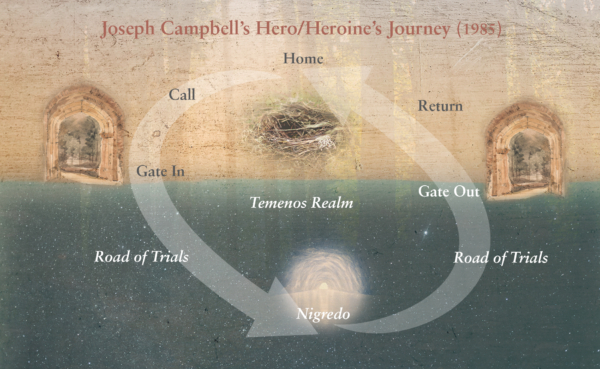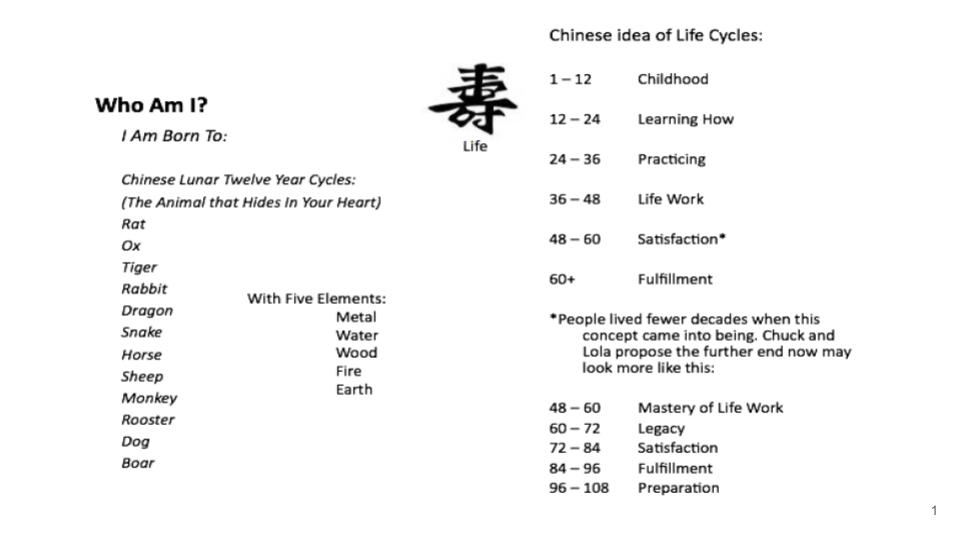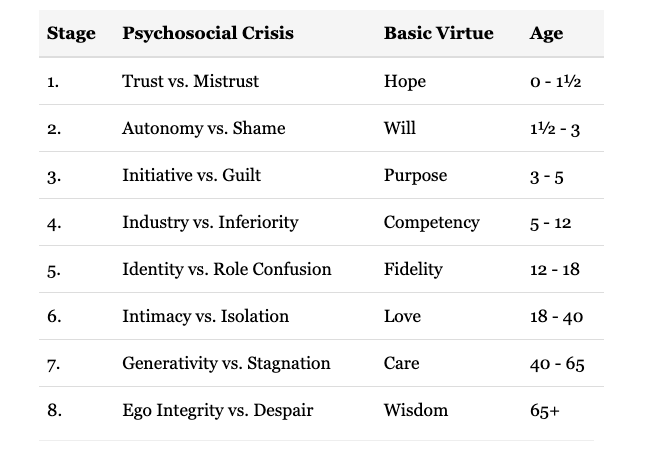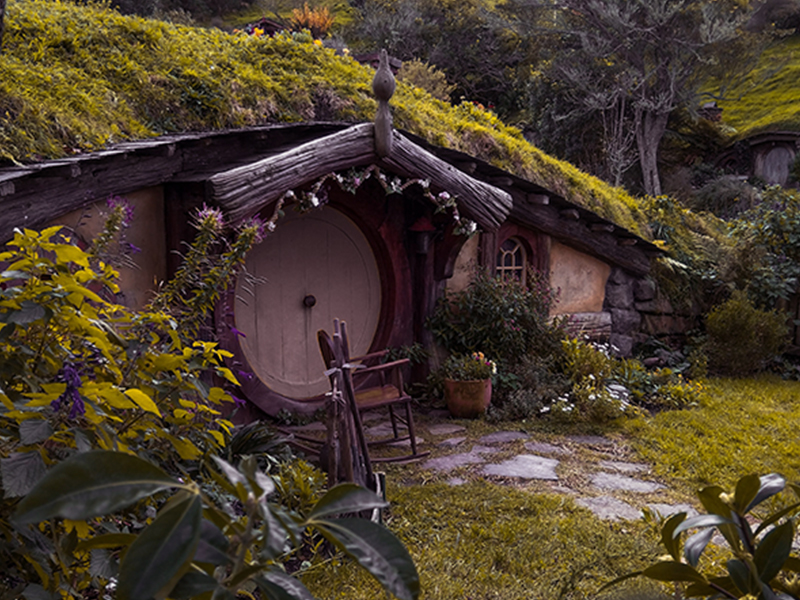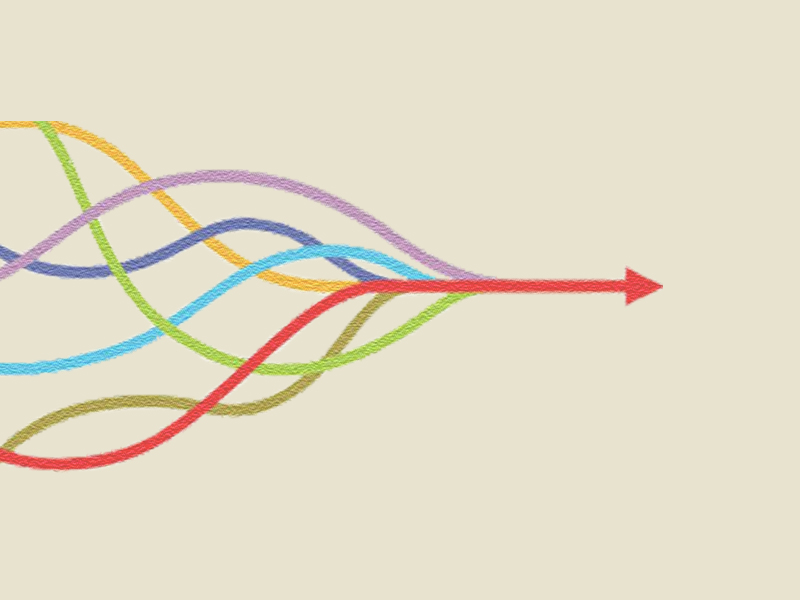Here we are at the transformation point, the Nigredo, 180º from Home in the circuit, mid-way through the Ritual Journey of the Road of Trials. Is this a developmental stage Nigredo? Or is it fostered by some external event? We experience multiple Nigredos, multiple journeys. Can we anticipate some of them?
The baby becomes a crawler, then a toddler, then speaks… the same person, but transformed. At each stage one way of being ends, another begins. Culturally we recognize these transformations, even watch for them in our young ones. Our tendency to think these transformations stop around 18 to 21 doesn’t serve us. Not once but many times we take the Hero/Heroine’s Journey for the purpose of transforming ourselves.
The Nigredo in alchemy is the space/time of transformation from one thing into another. Where does that transformation happen in the journey? The Nigredo is 180 degrees from Home – the farthest point away from where the Hero/Heroine’s Journey started. It’s the Journey’s half-way point. Everything up to now has been preparation. The first half of the journey is discussed in the electronic booklet you receive if you signed up on the homepage of my website, and this year’s blogs explore each station more thoroughly.
The traditional image for transformation is the Cocoon.
Nigredo questions for the Journey Maker include:
- WHEN does the transformation happen?
- WHAT is being left behind?
- WHO is going to emerge from the Cocoon?
- HOW will the transformation resolve the Home Situation that started the journey?
The fear of what will be lost in the Nigredo keeps many from taking the journey.
When Does the Transformation Happen? Developmental Roads
There are multiple journeys based in the Hero/Heroine’s developmental age. A Road of Trials precedes/follows each transformative passage.
In traditional cultures, there were often initiations that marked the various stages, especially the passage from child to adult. Bar and Bat Mitzvahs are a current Jewish cultural example. Turning 30, 40, or 50 in the United States were once identified as negative passages where a person gave up pleasures and went “over the hill”, presumably closer to dying as black was the color associated with the celebrations. A different understanding, attributed apocryphally to Chinese culture, counts in twelves:
Developmental psychologist Erik and his collaborating wife Joan Erikson describe in detail what is lost by not continuing to develop, to live, through the stages of your life. Erik Erikson identified eight stages, and in later life, he and his wife Joan added one more. See Vital Involvement in Old Age (with J. M. Erikson and H. Kivnick, 1986) and The Life Cycle Completed (with J. M. Erikson, 1987).
The Ericksons’ believed each progressive stage contributes to the wellbeing of the individual, and to not complete the stage leads to illness. Using our more mythic language, each stage is a Road of Trials, with a specific transformational task.
The elder brothers and sisters in so many tales don’t make it past Trust and Mistrust. The list of “virtues” on the left describes classic characteristics of the Hero/Heroine. They trust, refuse shame and doubt, take initiative, work hard, know who they are, accept being part of the web of life, generate solutions, and stay vitally involved. Some people stop growing at one of the stages, and remain the same person the rest of their lives, perhaps caught up year after year in emotional states on the right side of the Ericksons’ chart. Some go back through the Gate In and pretend they never took a journey at all. The goal of developmental journeys is maturation of character. Each journey hones the soul for its work in the world and its life after the last passage of the body.
This year I’ve been using Madeline Miller’s brilliant book Circe to illustrate the Nigredo because the main character goes through multiple transformations in the same book. In exploring Circe, we ask next, When does the transformation happen? and What is being left behind?

